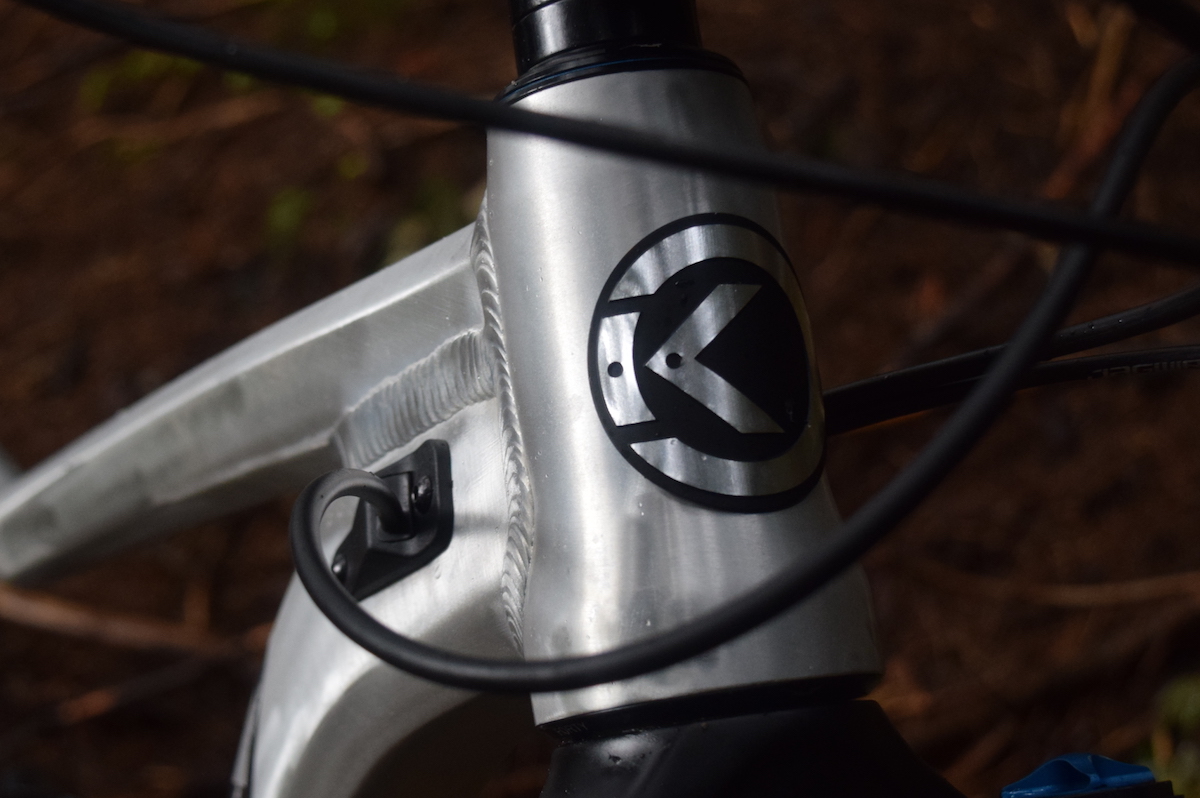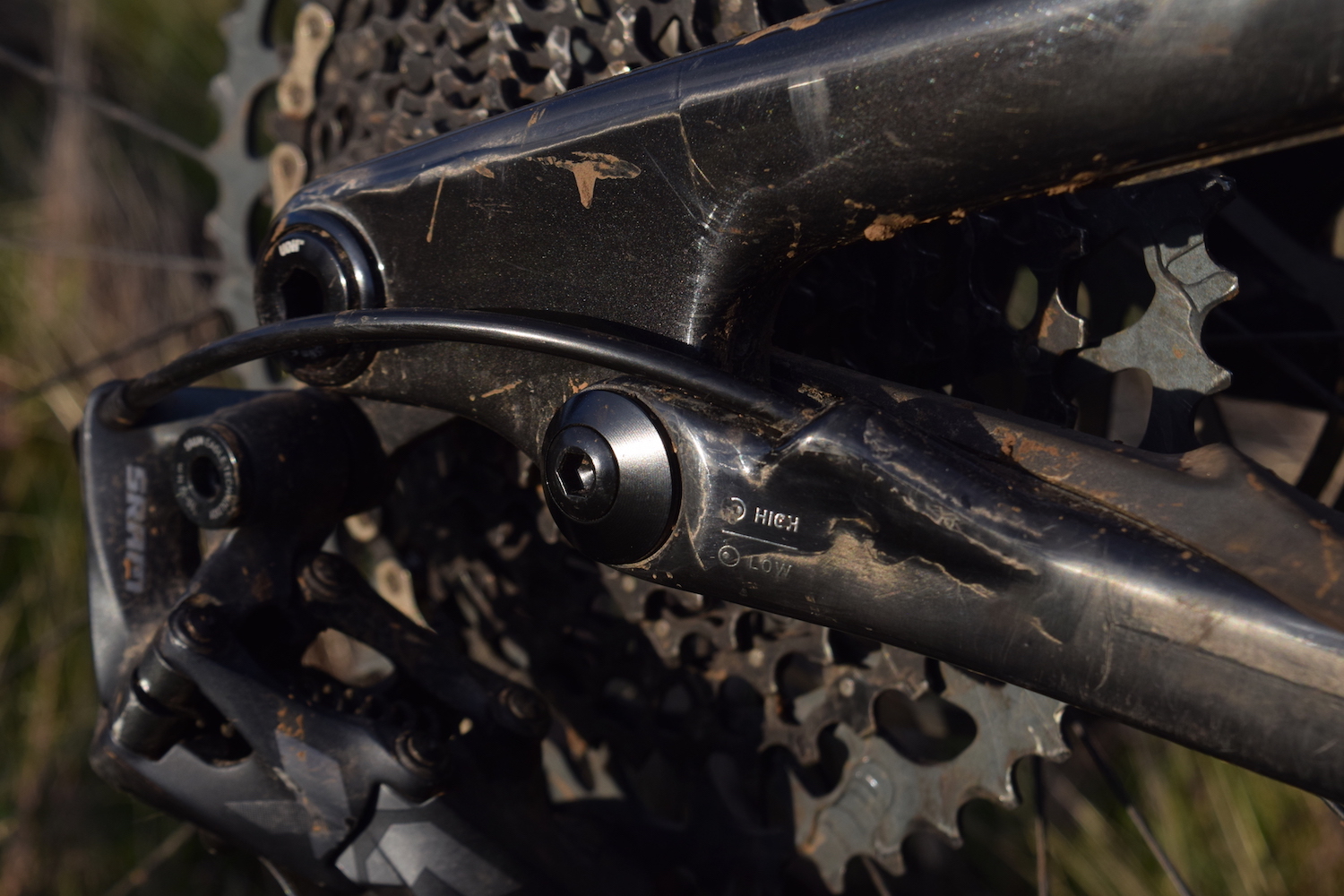2021 mountain bike trends to watch
What to expect from new bikes this year

Mountain biking is still young and dynamic as far as sports go, and constantly changing. Looking at new, improved machines – and tracking how they change – is one of the exciting parts of our sport. Recent years have seen the move to “longer-lower-slacker” bikes dominate trends, and that doesn’t seem to be slowing down much, but it’s not the only way bikes are changing.
Here’s what to expect new bikes arriving this year. Many “2021” bikes are already out, of course, but here’s where we think 2022 (2023?) bikes will be heading when they start arriving this year
More sneaky storage options
Trek added a storage compartment to the new Slash. Specialized expanded its SWAT box on the Stumpjumper and added a hydration bladder to fit. Both brands offer stem-stashed tools mimicking Squamish’s OneUp Component’s offerings. Other brands have added storage in handlebars, hub axles, even bottom bracket spindles. I have to admit that I was not initially on board with this. But testing a few bikes with good storage solutions has made me a convert. There’s nothing like riding without a pack, while still being prepared for a mechanical and snacks. That’s now an option again.
RELATED: Seven of the best mountain bikes for 2021 
Better eMTBs
eMTB’s are here to stay, whether you love that or … aren’t so keen. (Though the haters have quieted down lately, which is nice) That could be because the bikes have improved dramatically over the past couple of years. Many, like Specialized’s Turbo Levo SL, are hard to tell apart from analog bikes at a glance. While the Big Red S is first out of the gates with its lightweight model, expect more brands to follow close on its heels. The last wave of e-innovation saw eMTB design catch up to modern bike geometry and performance. look for the coming step to be smaller batteries, longer run time, and, like Shimano’s EP8, better feel at the pedals.
More wires and integration
SRAM has AXS. Shimano has Di2 and its Steps eMTB system. Fox has Live Valve. Now that these systems are established, the next step is better – and more – integration. This could give riders more flexibility in how we set up and control our bikes. Or it could move towards a more “ecosystem” based approach, where parts have to match brands to work. Hopefully, it’s the former.

Durability winning out over weight
Bigger forks and tougher parts across all categories is a growing trend, from cross country to freeride. Why? Durability and ride quality are winning out over pure weight concerns. And why not? Leave the gram-counting to the roadies. We’ll take parts that work better, last longer, and make riding more enjoyable over a slight weight savings 9 times out of 10. There are exceptions, like Roval’s impressive Control SL wheels. But outside of the World Cup, most brands seem focused on better, not just lighter.
More suspension
It’s not just that forks like the Zeb and Fox 38 are tougher, they’re part of a trend towards longer travel bikes. XC bikes inching up to 120mm and 170-180mm travel enduro race bikes are more and more common in catalogs. Part of this is that suspension is getting better, so the extra travel no longer comes with the same cost to pedalling efficiency.
More Adjustable, more options
More brands are letting you tune your frame to suit how, and where you ride. Some more boutique brands are years ahead of the game, but bigger brands are adding options now, too. Specialized Stumpjumper EVO, for instance, lets you adjust bottom bracket height, head tube angle, and even swap out the 29″ rear wheel for a 27.5″ if you want. Bikes aren’t cheap these days. Having a frame that will adjust to suit you better, or has more room to change as your riding style does is great.
Mullets are here to stay
Mixed wheel sizes have had a few false starts in the past. This time, the 27.5/29″ wheel combo seems to be here to stay, for the gravity crowd at least. More companies are offering mixed wheel size bikes as a stock option in 2021. Others, like Specialized’s Stumpjumper EVO, offer the option to give your bike a haircut through an added linkage later on.
RELATED: Mullet bikes: should you give your bike a haircut?
More expensive
Not a great note, but at least one direct-to-consumer brand already announced its prices will be going up this year. The reason? Strong Asian currencies vs. North American and European, increased shipping costs, factory delays and increased raw materials costs. Of course, bike prices have been creeping up for years, even as more budget-conscious groups like Deore have rolled out. But that price creep could turn into a trot this year.
RELATED: The best entry-level mountain bikes this year

Aluminum is back
Hopefully counteracting the trend above, there are more brands releasing aluminum versions of bikes. Or forgoing carbon fibre altogether, like Norco’s Shore. Along with the lower-priced options of carbon fibre models, there is a resurgence of boutique brands specializing in alloy. Knolly has championed the advantages of aluminium for years. More and more voices are joining the chorus.
No race to 13
With Shimano and SRAM both solidly established in the 12-speed world, it could be a quieter year in the drivetrain wars. Could AXS or Di2 trickle down? Maybe, but drivetrains are already expensive enough. It’s also not likely we’ll see lucky gear number 13 hitting the dirt, either. While road and gravel seem intent on chasing ever more cogs, mountain bikers could finally enjoy a brief period of calm.


